10 Best Herbal Lotions For Hot Flashes

Herbal lotions have gained popularity as a natural remedy for managing hot flashes, particularly among women experiencing menopause.
These lotions often contain soothing ingredients like lavender, chamomile, and sage, which are believed to have cooling and calming properties. When applied to the skin, they may help reduce the sensation of heat and provide a sense of comfort during sudden temperature changes. Some studies suggest that certain herbs can influence hormonal balance, potentially alleviating the frequency and intensity of hot flashes.
While herbal lotions are generally considered safe, it is advisable to consult a healthcare provider before use, especially for those with sensitive skin or existing medical conditions.
FREE Herb Drying Checklist
How to make sure every batch retains maximum flavor, color, and aroma without the risk of mold or over-drying. Eliminate guesswork and trial-and-error, making herb drying faster, easier, and more efficient every time.
Table of Contents
1. Vitex agnus-castus
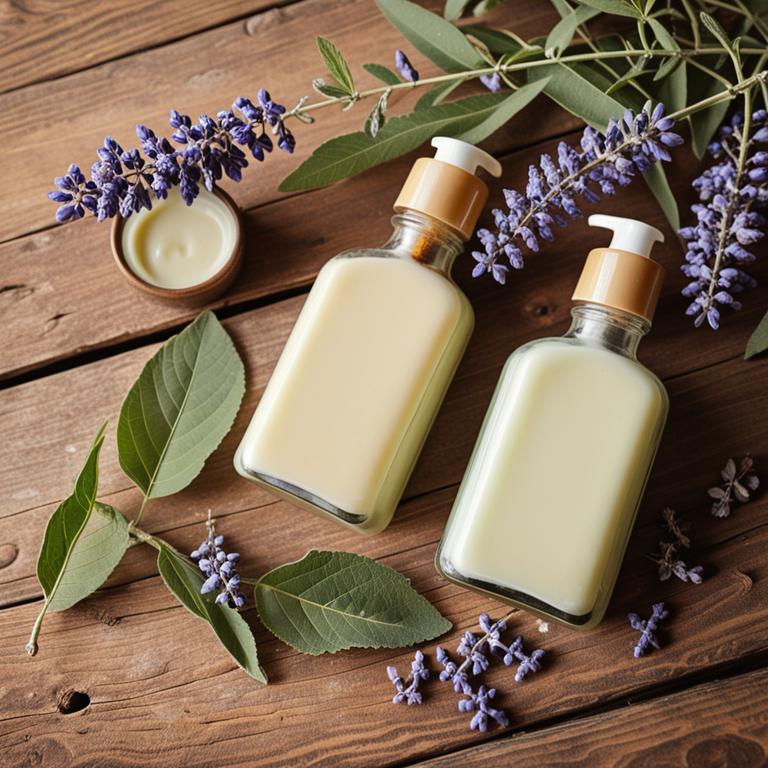
Vitex agnus-castus, commonly known as chasteberry, is a herbal remedy that has been traditionally used to support hormonal balance, particularly in women experiencing menopausal symptoms such as hot flashes.
Herbal lotions containing vitex agnus-castus are formulated to deliver the plant's active compounds through topical application, potentially offering localized relief from the discomfort of hot flashes. These lotions may help regulate the hypothalamic-pituitary-ovarian axis, which plays a key role in managing hormonal fluctuations during menopause. While more research is needed, some studies suggest that vitex agnus-castus may reduce the frequency and intensity of hot flashes when used as part of a holistic approach to menopause management.
As with any herbal remedy, it is advisable to consult a healthcare provider before use, especially if you have underlying health conditions or are taking other medications.
2. Cimicifuga racemosa
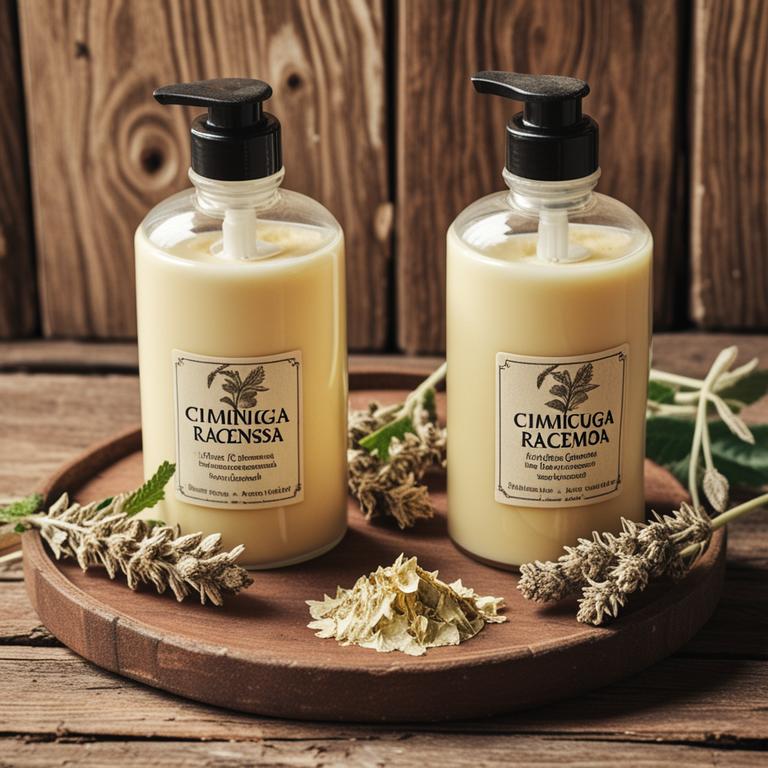
Cimicifuga racemosa, commonly known as black cohosh, is a herbal remedy often used in the form of lotions to alleviate symptoms of hot flashes associated with menopause.
These lotions are typically formulated with extracts of the plant's root and are applied topically to the skin, where they may help soothe the discomfort of sudden heat waves. While some studies suggest that black cohosh can reduce the frequency and intensity of hot flashes, the effectiveness of topical formulations compared to oral use remains a topic of ongoing research. Herbal lotions made from Cimicifuga racemosa are generally considered safe for short-term use, though they may interact with certain medications or cause mild side effects in some individuals.
As with any herbal treatment, it is advisable to consult a healthcare provider before using these products, especially for those with existing health conditions or who are pregnant.
3. Lavandula angustifolia
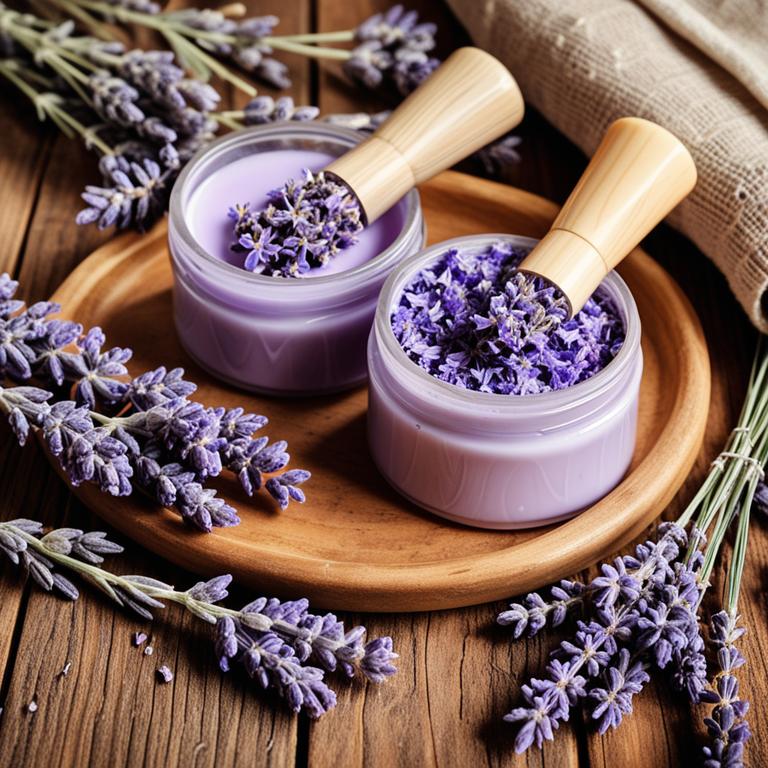
Lavandula angustifolia, commonly known as English lavender, is often incorporated into herbal lotions for its calming and soothing properties.
These lotions are traditionally used to help alleviate the discomfort of hot flashes by promoting relaxation and reducing stress, which can exacerbate menopausal symptoms. The essential oils in lavender are believed to have mild antispasmodic and cooling effects, which may help regulate body temperature. When applied topically, lavender-infused lotions can provide a pleasant, aromatic experience that enhances overall well-being.
While they are not a substitute for medical treatment, these natural remedies may offer a complementary approach for managing hot flashes in some women.
4. Hypericum perforatum
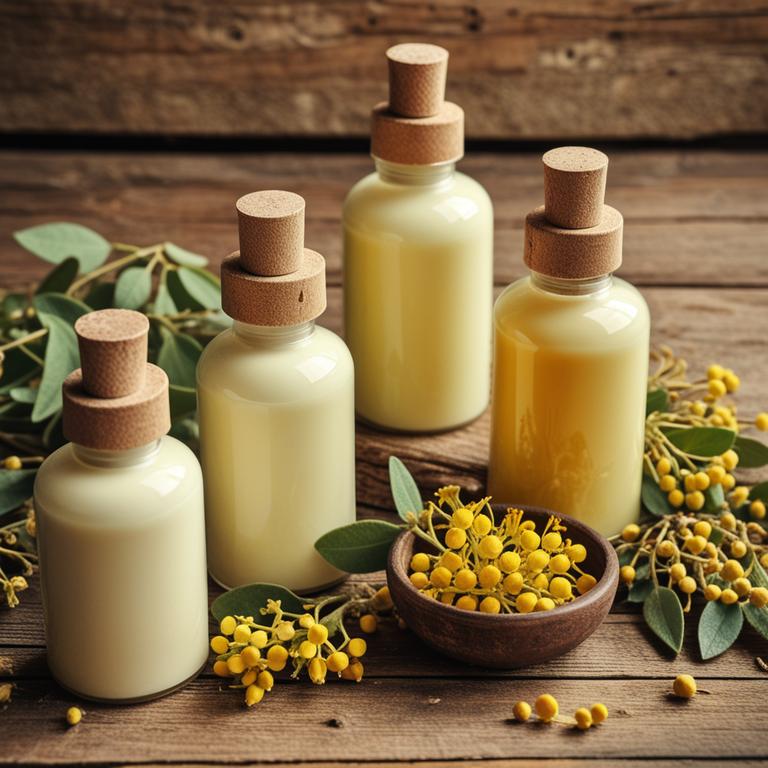
Hypericum perforatum, commonly known as St. John's Wort, is a herbal plant that has been traditionally used for its calming and mood-enhancing properties.
While primarily known for its use in treating mild depression, it has also been explored for its potential in alleviating symptoms of menopause, including hot flashes. Some studies suggest that the active compounds in St. John's Wort, such as hypericin and hyperforin, may help regulate hormonal fluctuations that contribute to hot flashes. However, it is important to note that the effectiveness of St. John's Wort herbal lotions for hot flashes may vary, and more research is needed to confirm its efficacy.
As with any herbal remedy, it should be used under the guidance of a healthcare professional, especially since it can interact with certain medications.
5. Equisetum arvense
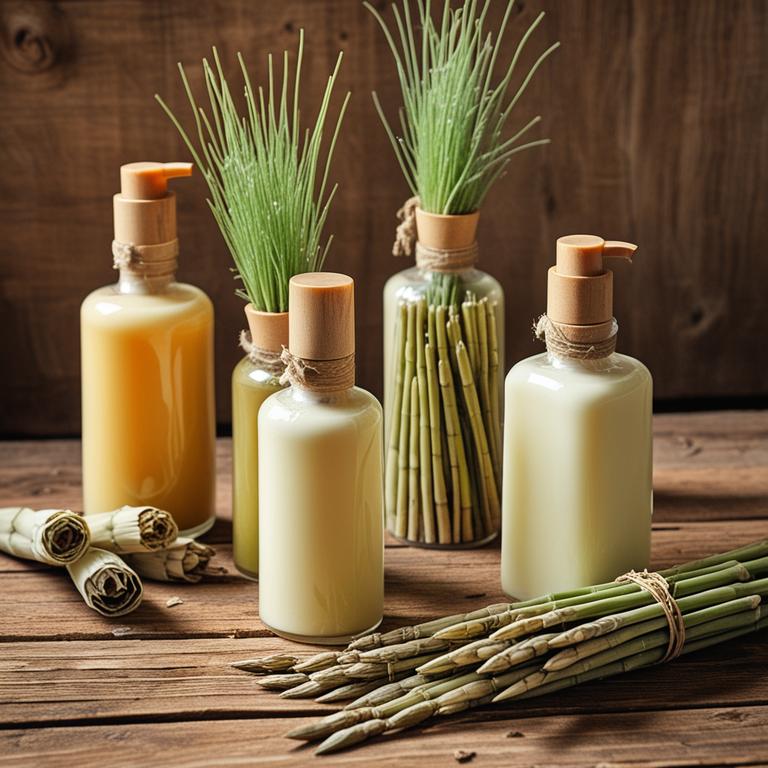
Equisetum arvense, commonly known as field horsetail, is a traditional herbal remedy that has been used for centuries to support women's health, particularly in managing symptoms of menopause such as hot flashes.
This plant is rich in silica and other minerals, which are believed to help regulate body temperature and reduce the intensity of sudden heat waves. Herbal lotions made from equisetum arvense are often applied topically to the skin, where they may provide a cooling effect and promote a sense of calm. While more research is needed, some studies suggest that the phytochemicals in horsetail may influence hormonal balance and alleviate menopausal discomfort.
As with any herbal treatment, it is important to consult with a healthcare provider before use, especially if you have existing health conditions or are taking other medications.
6. Rosmarinus officinalis
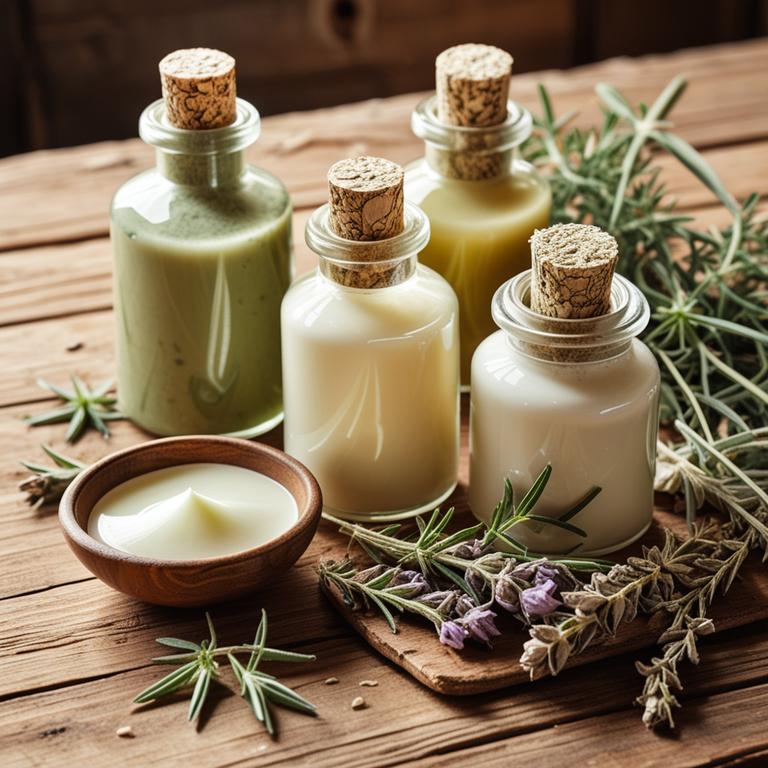
Rosmarinus officinalis, commonly known as rosemary, is a herbal ingredient often used in natural lotions for its potential to alleviate symptoms of hot flashes in menopausal women.
These lotions are typically infused with rosemary essential oil, which is believed to have calming and cooling properties that may help reduce the intensity and frequency of hot flashes. The aromatic compounds in rosemary may also support hormonal balance and stress reduction, contributing to overall comfort during menopause. While scientific evidence on its efficacy is limited, many users report a soothing effect when applying rosemary-based lotions topically.
As with any herbal remedy, it is advisable to consult a healthcare provider before use, especially if you have sensitive skin or are taking other medications.
7. Urtica dioica
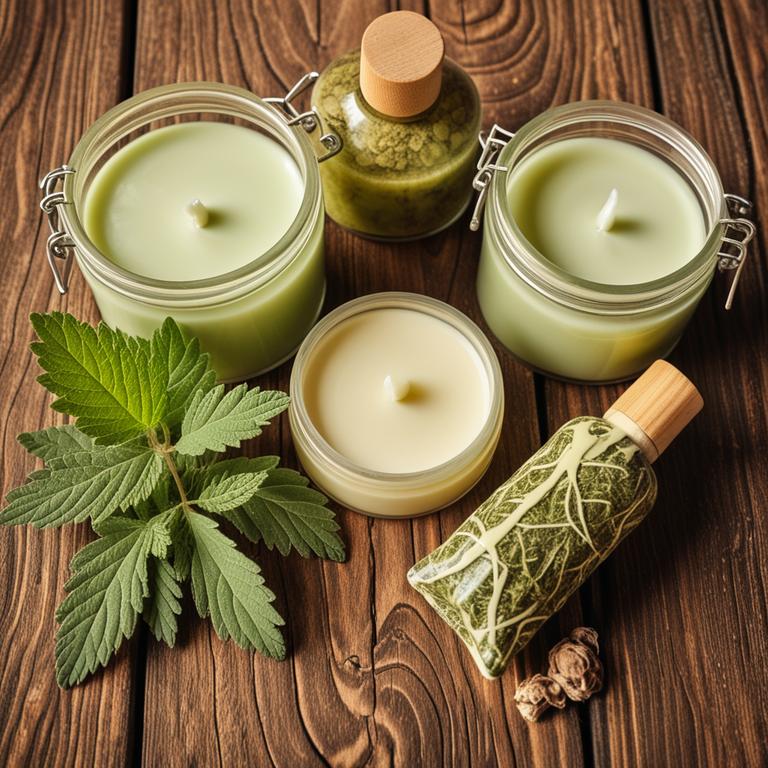
Urtica dioica, commonly known as stinging nettle, has been traditionally used in herbal remedies for its potential health benefits, including relief from hot flashes.
Herbal lotions made from Urtica dioica are often prepared by infusing the fresh or dried leaves in a carrier oil, creating a soothing topical application. These lotions are believed to help balance hormones and reduce the intensity of hot flashes due to their high concentration of minerals and antioxidants. Some studies suggest that nettle may support the endocrine system, making it a natural alternative for women experiencing menopausal symptoms.
However, it is important to consult with a healthcare provider before using nettle lotions, especially if you have allergies or are taking other medications.
8. Echinacea purpurea
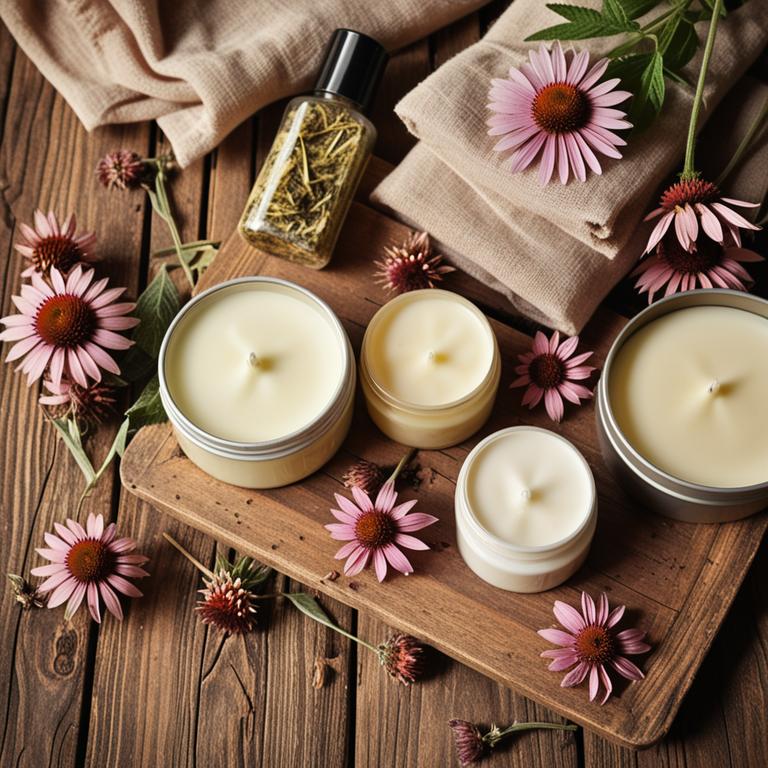
Echinacea purpurea, commonly known as purple coneflower, is a traditional herbal remedy that has been explored for its potential to alleviate symptoms of menopause, including hot flashes.
While primarily used for immune support, some studies suggest that echinacea may have mild antispasmodic and anti-inflammatory properties that could help reduce the intensity and frequency of hot flashes. Herbal lotions containing echinacea purpurea are often marketed as natural alternatives to conventional treatments, offering a gentler approach for women seeking holistic care. However, more rigorous clinical research is needed to confirm its efficacy and safety for this specific use.
As with any herbal product, it is advisable to consult a healthcare provider before incorporating echinacea into a menopausal symptom management plan.
9. Symphytum officinale
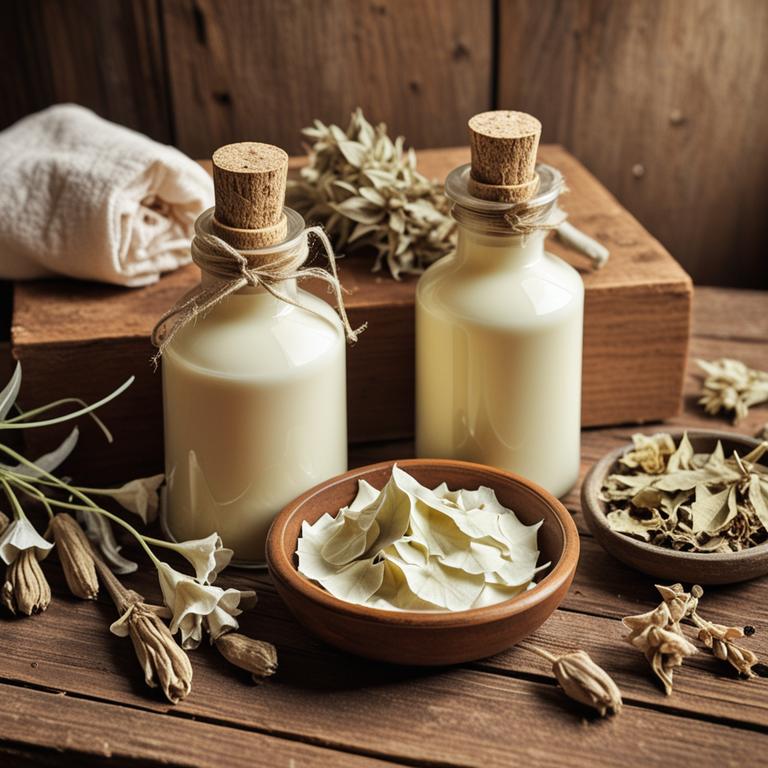
Symphytum officinale, commonly known as comfrey, is a traditional herbal remedy that has been used for centuries to support healing and reduce inflammation.
While it is often used topically for skin conditions and muscle pain, some studies suggest that comfrey may also help alleviate the symptoms of hot flashes in menopausal women. Herbal lotions containing Symphytum officinale are believed to work by promoting circulation and balancing hormonal fluctuations, which can ease the intensity and frequency of hot flashes. However, it is important to note that comfrey contains pyrrolizidine alkaloids, which can be toxic to the liver if used long-term or in high concentrations.
As a result, it is recommended to consult a healthcare professional before using comfrey-based products, especially for extended periods.
10. Actaea racemosa
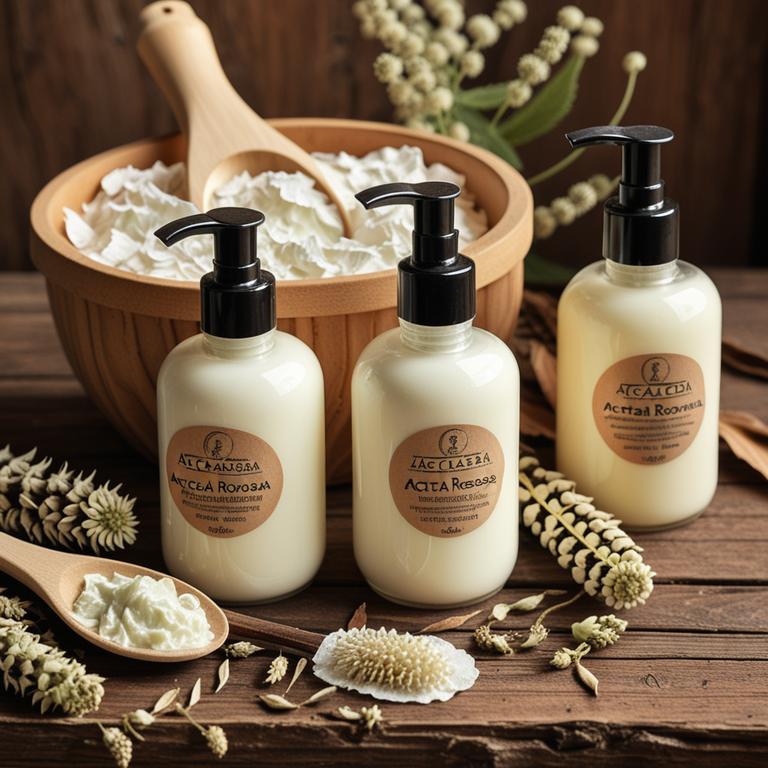
Actaea racemosa, also known as black cohosh, is a traditional herbal remedy that has been used for centuries to alleviate symptoms of menopause, including hot flashes.
Herbal lotions containing Actaea racemosa are formulated to provide a topical application that may help reduce the intensity and frequency of hot flashes by acting on the skin's surface. These lotions are often preferred by individuals seeking natural alternatives to hormone replacement therapy, as they are generally considered safe with fewer side effects. The active compounds in Actaea racemosa, such as flavonoids and triterpene glycosides, are believed to support hormonal balance and reduce vasomotor symptoms.
However, it is important to consult a healthcare provider before using these lotions, especially for prolonged periods or in combination with other medications.